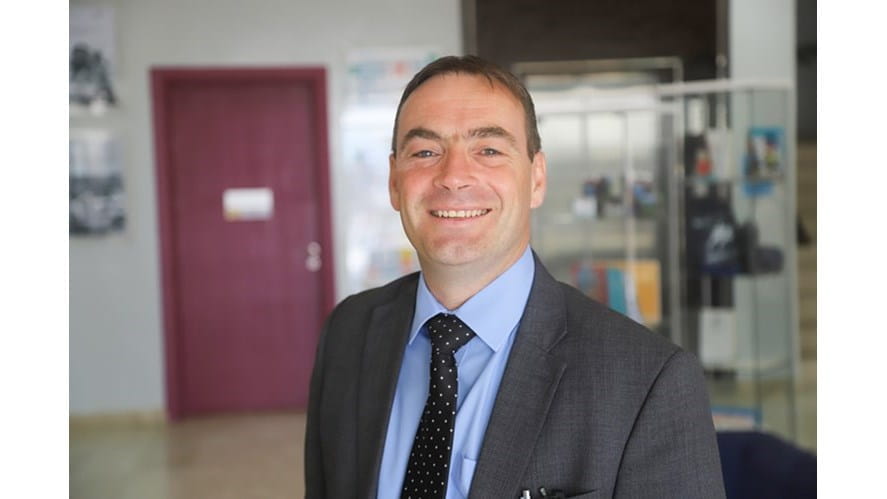
Students love to have their work marked. Understandably so, students at BIS Abu Dhabi work very hard and they want to know how well they have done. The word ‘mark’ is an interesting one though, isn’t it? In years gone by people who couldn’t write were asked to ‘make their mark’ on official documents and in the absence of a signature they would simply ‘make a mark’ – usually an ‘x’. Similarly marking in schools, in years gone by, tended to consist of a ‘✓’ or an ‘x’ – you either got the question right or you got it wrong. That works rather well if the question is ‘what is the capital of France?’ or ‘what is 10 +10?’ but here at BIS Abu Dhabi we generally ask students much more complex questions than that. When a student writes a 500-word answer to the question ‘In what ways would a budget surplus be good for the UK’s economy?’, a tick or a cross wouldn’t quite be enough.
The days of teachers simply ‘making a mark’ on the work of their students are well and truly over. Pages of educational research have been devoted to the notion that what students really need is not to know whether they are right or wrong, but feedback on the way they got the question right or what they can do to get it right next time. Even when a student can correctly articulate that the capital of France is Paris, it is still incredibly useful for the teacher to offer feedback to the student – they need to reflect on how they know that answer and how that knowledge might be useful in the future. And feedback is even more crucial when students get things wrong. Being able to give constructive feedback showing a student where they have erred and how they might improve their learning next time is a far more important skill for teachers than making a mark on a right or wrong answer.
Feedback comes in many forms and usually the most useful is the most immediate. Teachers give feedback to students at BIS Abu Dhabi while the learning is taking place and they encourage students to give each other feedback too. Most feedback given in school is oral, a lot of it is shown with notes on a board as part of a broad class discussion, sometimes it is written in a notebook, increasingly it is recorded on our Teams system or on One-Note. Learning is rarely a binary process; students are hardly ever ‘simply right’ or ‘simply wrong’. Learning is an ongoing pursuit and to get better at any of our pursuits we all need honest, critical feedback given to us by people that we trust and respect. And that’s how we make our mark.